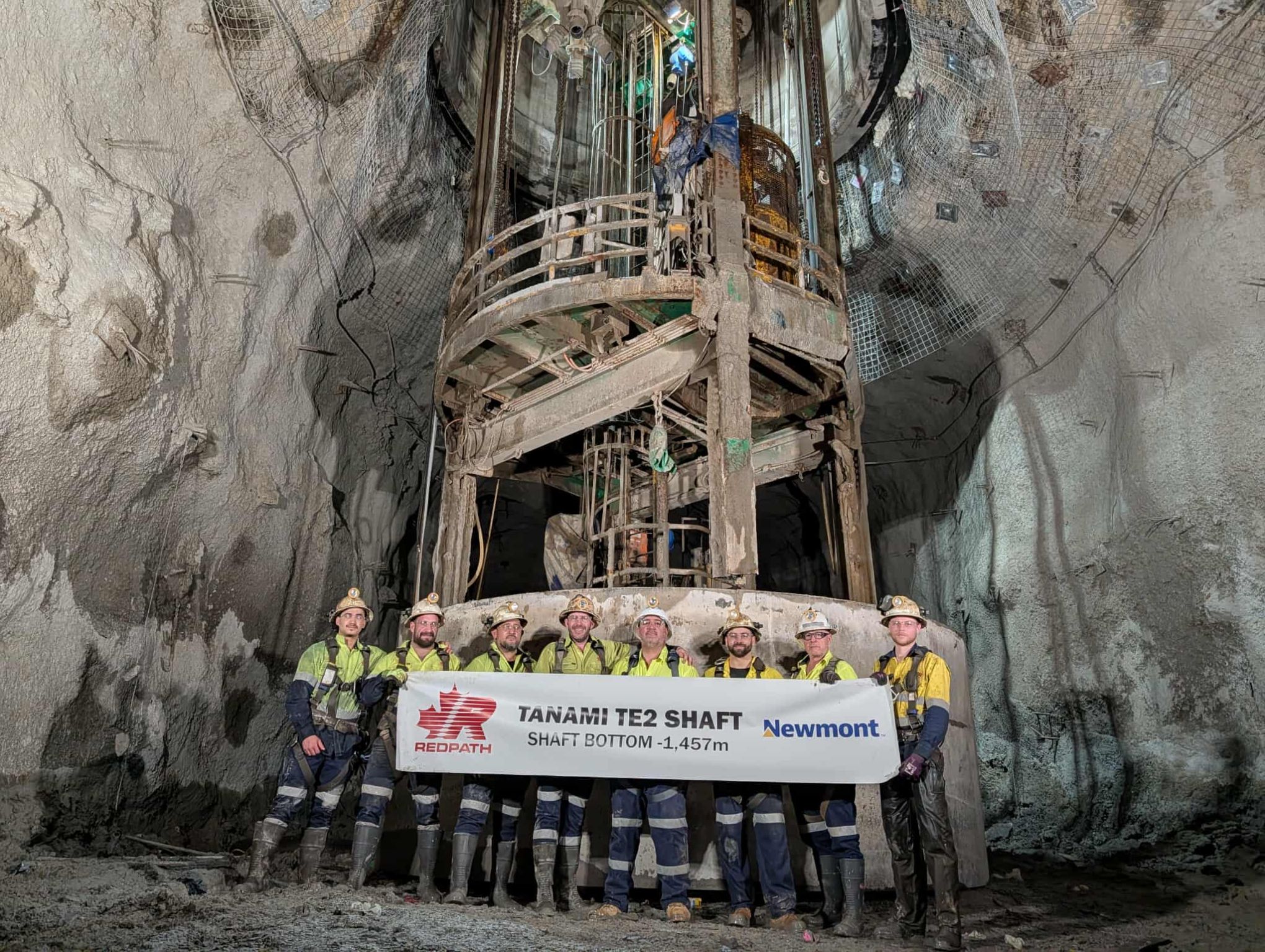
Rod Steele, founder of the mining advisory firm TesMan, shares with Jane Alverca his unique approach to generating process improvement through innovation.
Rod Steele, founder of TesMan, is a man very much at home in the deep, dark voids of the earth’s interior. After a long career managing complex mining operations and maintenance programmes around the world, he decided to found his own company to shine a new light on the technical challenges of this subterranean world.
The growing focus on mining operations at depths of up to 10,000 feet has created a demand for new techniques and technologies which Steele believes TesMan is uniquely well-placed to address. Meanwhile, more complex technical challenges means higher costs and mine operators around the world are seeking out new ways to reverse the trend of spiralling development and extraction costs.
The TesMan approach to process improvement starts with taking a step back from the insistent realities of the current situation. “Before even considering possible solutions, a clear breakdown to arrive at the crux of the problem is needed and that means starting each time with a fresh slate. Designing in concept first is essential to escape from the pre-conceived notions and baggage that inevitably accompanies all operating environments as a result of extensive trial and error of improvement,” he says.
TesMan contributes to projects where the client has already expended a lot of time, energy and money trying unsuccessfully to address a specific bottleneck or problem, and bringing a conceptual approach allows the team to develop a solution that may never have been attempted before or even thought possible.
One of TesMan’s most spectacular achievements to date involved the design of an inflatable pressure vessel based strategy and tool for the Cameco Cigar Lake uranium mine in northern Canada, as a key element of a solution to seal their flooded mine in 2009. The pressure vessel that TesMan and Cameco developed in partnership to seal the mine weighed 1,100lbs and was a deployed by a small 50lb ROV in a tunnel under 1,000 feet of water. The vessel was inflated with water via boreholes using a modified hot stab technology from the deep sea oil industry. The end result was a seal which was reinforced with cement and capable of permanently holding back a 700psi head of water. The action saved the shaft and allowed the mine to be drained before the path to production was resumed.
This achievement attracted widespread acclaim within the industry, but Steele’s ultimate goal is to create lasting process improvement through the creation of new knowledge, insight and practice and he is keen to stress that no matter how robust a conceptual solution may be, it can only yield benefit if it can be translated into improved knowledge and changed practice.
“Innovation as an end goal requires a very specific and aggressive project management approach,” he declares. “When we are moving through the process of conceptual design, the research of available technologies or the creation of a new approach using new technology, the most important element is not the solution but the process of implementing it. At TesMan, we believe the most valuable outcome of innovative thinking is not the innovation itself, but the personal growth in skills and experience of the people involved and we are very focused on developing ways to embed that change.”
Steele views change management as particularly crucial given that TesMan will often be recommending wholly new ways of working and thinking. As such, he believes an understanding of the human response to the new and unknown is as important as selecting the best available technology.
He sees leadership and commitment from senior managers as essential. “Accepting and adapting to change can be very challenging, especially when it involves a breakthrough with a previously untried technology and the team need to be confident that their leadership is fully behind the project. This can sometimes be difficult for senior executives if shareholders are scrutinising every risk, which is why we take a lot of time and energy to ensure that all levels of the organisation are aware of the detail of planned changes and the rationale behind them.”
To date the focus has been on developing and implementing ground-breaking technical solutions. However, this work has also led to the creation of TesMan’s first commercial product. This is an industrial form of motion capture and the company has already developed a roadmap that will enable the company to adapt the instrument to virtually any underground situation.
At present, it is attached to the jumbo drills that are used to drill the blastholes to generate tunnels or drifts in mines. TesMan’s new device enables drill operators to consistently drill extremely accurate blastholes, which has the potential to dramatically reduce the development costs of new tunnels by increasing the quality of the product, by reducing rework to get it right, and consequently improving the conditions and safety for the ground support crews.
Again, he stresses that the real benefits will come, not from the device itself, but from up-skilling operators to be able to use it to maximum effect. “If it is simply dropped into an operating mine, it will offer little benefit. The real challenge is to ensure the product is used for the financial benefit of the client, which can only happen if everyone raises the bar on what is acceptable in terms of accuracy, with new standards and new habits for meeting those standards,” he explains.
“We offer it with an integrated support package which stresses identifying the value of the potential savings for a particular set of mine tunnel development that can be derived by more accurate drilling and also by putting in place a support process to operator and management. Then we aim to track and report progress until the anticipated savings are realized.”
He believes that any supplier of new technology has a responsibility to provide this support and only an effective working partnership with clients can leverage maximum impact. “In future, we expect this sort of joint effort will result in motion capture tools becoming a routine part of mining. Moreover, each new technology that is tested and accepted makes it easier to introduce further technology based improvement in the future.”
DOWNLOAD
 TesMan-NA-Jan12-Bro-s.pdf
TesMan-NA-Jan12-Bro-s.pdf













